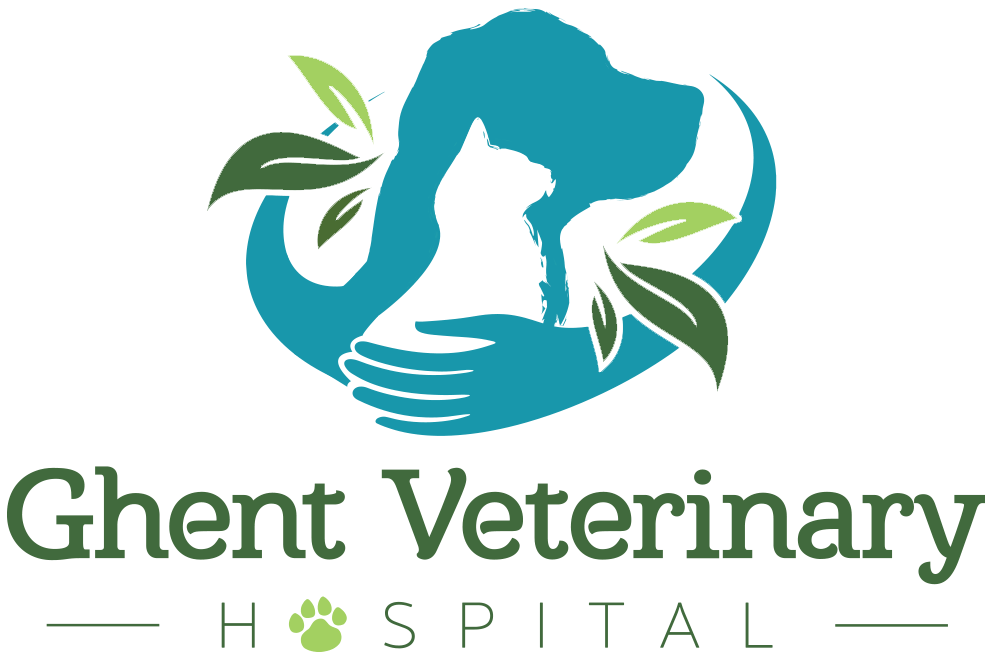We surveyed our clients to determine additional services they would most like to see Ghent Vet provide for their pets. The majority indicated a strong preference for expanded pain management options. Since that time, Dr. Marshall has committed herself to a rigorous training program in veterinary acupuncture through the Curacore Vet, and she is now a Certified Veterinary Medical Acupuncturist (cVMA).
The cVMA certification encompasses evidence-based integrative medicine practices upheld by science. Acupuncture is a treatment veterinarians can perform in place of more invasive procedures, or to lessen the need for medical drugs and even surgery.
Medical acupuncture is a therapeutic method that usually involves the insertion of fine, sterile needles. Modern medical practitioners developed medical acupuncture as an adaptation of Chinese acupuncture. Instead of relying on inexact metaphors to describe the body’s responses to treatment, we employ current knowledge of anatomy, physiology, and pathology, all in keeping with evidence-based medicine. The medical acupuncture courses at CuraCore™ emphasize the importance of a type of physical examination called myofascial palpation that allows the doctor to determine the location and sources of discomfort and dysfunction.
Treatment with medical acupuncture and its related techniques of laser therapy and certain forms of massage help by promoting health and well-being, by preventing illness, and by addressing a variety of medical conditions and pain problems.
What Are Some Specific Benefits?
Research on acupuncture is continually building and strengthening the scientific and evidence-informed basis of medical acupuncture. In addition to its well-known effects on acute and chronic pain, medical acupuncture addresses a wide range of medical issues, including:
- Digestive ailments, including inflammation and motility problems
- Respiratory issues, such as sinusitis and recurrent infections
- Neurologic problems such as peripheral neuropathy, sciatica, spinal cord injury, disk disease, and nerve-based pain problems
- Musculoskeletal complaints, including knee pain, osteoarthritis, tendinitis, back pain, neck pain, and much more
How many treatments may be needed?
The number of treatments needed differs from patient to patient. For difficult or long-standing conditions, he or she may need one or two treatments weekly for several weeks. Usually, however, one sees a change in the patient within the first few treatments if the acupuncture is going to make a meaningful difference.


